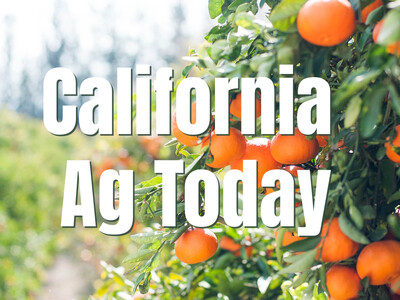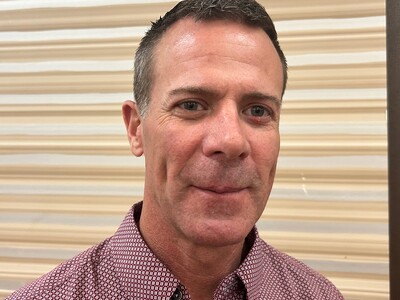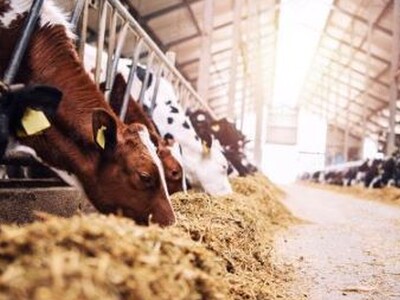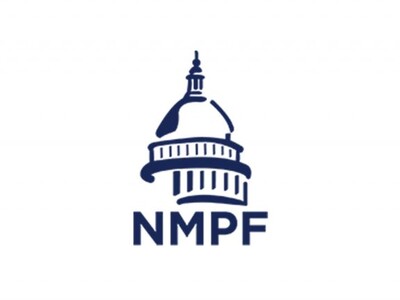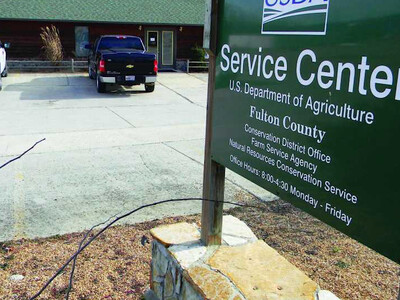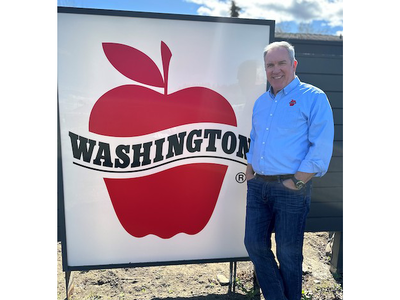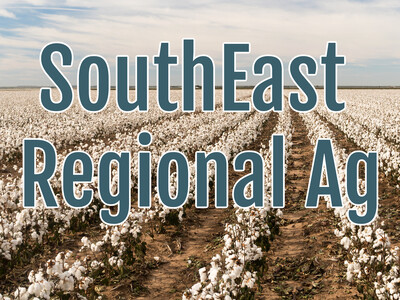What happens in Chesapeake Bay may not stay in Chesapeake Bay
Farm and Ranch January 17, 2011 Why should farmers and ranchers in the Pacific Northwest care about the U.S. Environmental Protection Agency’s pollution regulatory plan for the Chesapeake Bay clear across the country? Barstow: “The Chesapeake Bay situation, what ends up being done there is going to be a cookie cutter model to spread across the country. And we all know how those one size fits all things tend to work out.” That is Ben Barstow, president of the Washington Association of Wheat Growers. Growers from across the country are in Washington D.C. this week for a meeting of the National Association of Wheat Growers and the Chesapeake Bay subject is one of the items to be discussed. At issue is the EPA’s proposed Total Maximum Daily Load for the east coast Bay or so-called “pollution diet.” The TMDL dictates how much nitrogen, phosphorus and sediment can be allowed into the Bay and its tributaries from different areas and sources including agriculture. Barstow says a consequence of what is going on for the Chesapeake could mean growers across the U.S. could need a National Pollution Discharge Elimination System permit. Barstow: “And that is a federal permit you would have to get to make any pesticide application anywhere.” The American Farm Bureau Federation has filed a lawsuit to try and prevent the EPA’s regulatory plan from being implemented for the Chesapeake Bay. It says the plan is dangerous and unlawful. I’m Bob Hoff and that’s the Northwest Farm and Ranch Report on Northwest Aginfo Net. ?





